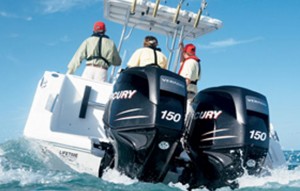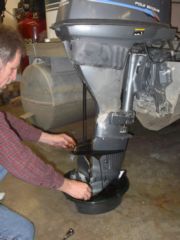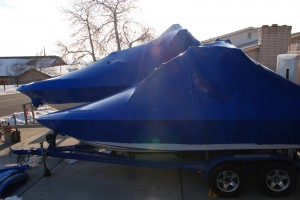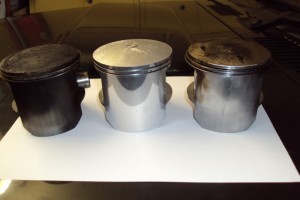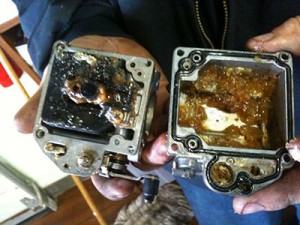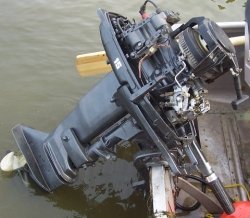The Mistakes of “Gold Rush”
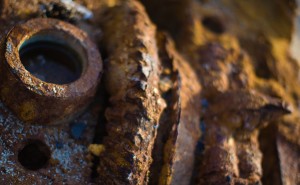 The Discovery Channel has some fairly interesting reality television programming, including the series “Gold Rush” (previously known as “Gold Rush: Alaska”). I was watching one of the early episodes from season two and was simply appalled by what I saw. The crew did not winterize their big equipment at the end of last season, meaning when they arrived back at their claim, much of their heavy machinery was heavily rusted.
The Discovery Channel has some fairly interesting reality television programming, including the series “Gold Rush” (previously known as “Gold Rush: Alaska”). I was watching one of the early episodes from season two and was simply appalled by what I saw. The crew did not winterize their big equipment at the end of last season, meaning when they arrived back at their claim, much of their heavy machinery was heavily rusted.
Naturally, there was concern as to weather the machinery would start at all. By some miracle it did, but I would never advise letting any piece of machinery simply rust away during the winter months – especially not in a climate like that of Alaska! Take this as a warning to winterize all boats now before the worst of winter sets in. Don’t forget to stock up on outboard motor oil while you’re at it.


